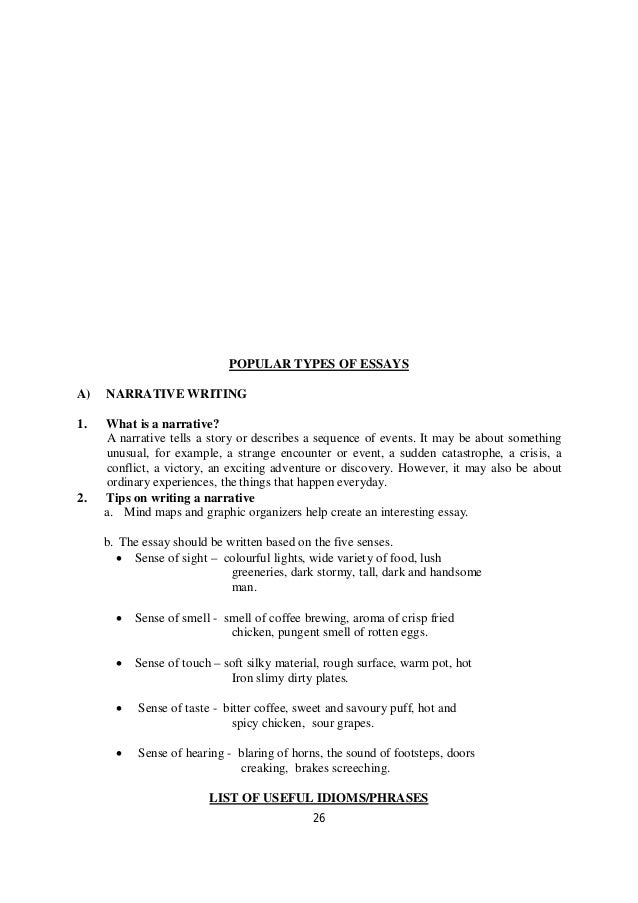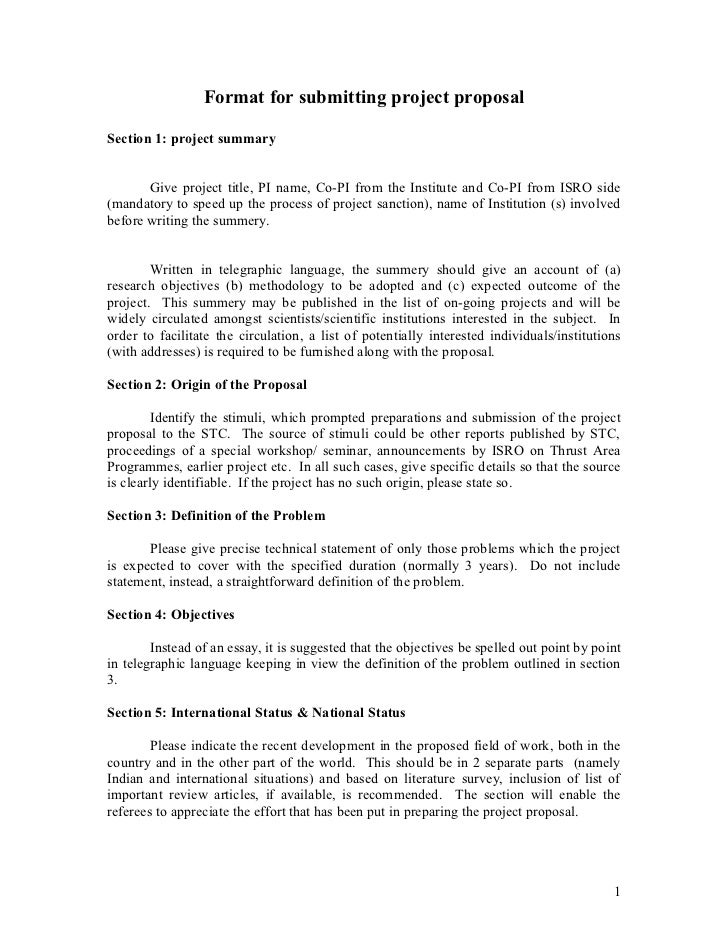Classification of Coarctation of the Aorta.
ABSTRACT: OBJECTIVE. The objective of our study was to evaluate the clinical usefulness of cross-sectional imaging for establishing the diagnosis of Takayasu's arteritis (TA), an inflammatory vascular disorder that produces arterial stenoses and aneurysms primarily involving the thoracoabdominal aorta and its branches and the pulmonary arteries.Aortitis is a general term that refers to a broad category of infectious or noninfectious conditions in which there is abnormal inflammation of the aortic wall. These inflammatory conditions have different clinical and morphologic features and variable prognoses. The clinical manifestations are usually vague and nonspecific and may include pain, fever, vascular insufficiency, and elevated.Definitions and Classifications. Authors; Authors and affiliations; Darrell Wu; Scott A. LeMaire; Joseph S. Coselli; Chapter. 1.5k Downloads; Abstract. A thoraco-abdominal aortic aneurysm is defined by dilatation of the aorta to a diameter that is at least 50%greater than the expected normal diameter at the diaphragmatic hiatus, with varying degrees of thoracic and abdominal extension.
The Student Room, Get Revising and Marked by Teachers are trading names of The Student Room Group Ltd. Register Number: 04666380 (England and Wales), VAT No. 806 8067 22 Registered Office: International House, Queens Road, Brighton, BN1 3XE.Nonspecific aortoarteritis' is a disease of unknown etiol- ogy and mainly affects the aorta and the departing ves- sels. Coronary arterial involvement is a rare complication and was first described by Frovig and Loken.2 Reported cases of such an entity have predominantly demonstrated ostial narrowing while significant nonostial distal coro- nary artery involvement is rather sparsely reported.

Aortoarteritis of Abdominal Aorta: An Angiographic Profile in 110 Patients Accepted for Publication 4 January 1993 Nonspecific aortoarteritis is a chronic disease of unknown aetiology affecting the aorta and its major branches. The disease was originally described by Tak- ayasu in 1908 and was, for a long time, thought to be an exotic Oriental disorder, confined to the aortic arch and its.












